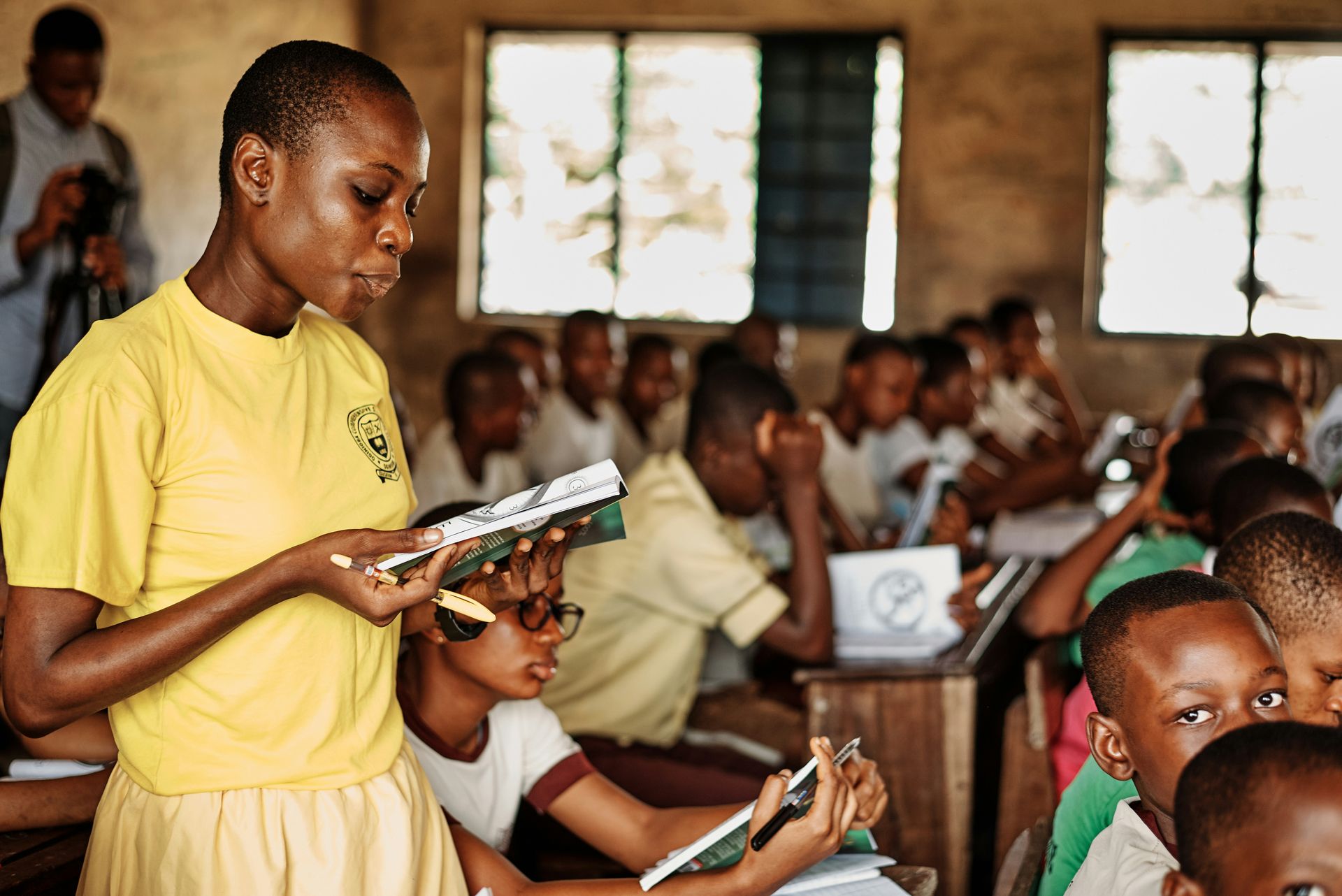BACK TO SCHOOL PROJECT
Back to school project we reach Children's across African we talk to them about Education .
A child’s right to education entails the right to learn. Yet, for too many children across the globe, schooling does not lead to learning.
Over 600 million children worldwide are unable to attain minimum proficiency levels in reading and mathematics, even though two thirds of them are in school. For out-of-school children, foundational skills in literacy and numeracy are further from grasp.
Children are deprived of education for various reasons. Poverty remains one of the most obstinate barriers. Children living through economic fragility, political instability, conflict or natural disaster are more likely to be cut off from schooling – as are those with disabilities, or from ethnic minorities. In some countries, education opportunities for girls remain severely limited.
Even in schools, a lack of trained teachers, inadequate education materials and poor infrastructure make learning difficult for many students. Others come to class too hungry, ill or exhausted from work or household tasks to benefit from their lessons.
Compounding these inequities is a digital divide of growing concern: Most of the world’s school-aged children do not have internet connection in their homes, restricting their opportunities to further their learning and skills development.
Without quality education, children face considerable barriers to employment later in life. They are more likely to suffer adverse health outcomes and less likely to participate in decisions that affect them – threatening their ability to shape a better future for themselves and their societies.
BACK TO SCHOOL PROJECT

1. What is education?
Education is the process where an individual acquires or imparts basic knowledge to another. It is also where a person:
- develops skills essential to daily living,
- learns social norms,
- develops judgment and reasoning, and
- learns how to discern right from wrong.
There are various types of education but typically, traditional schooling dictates the way one’s education success is measured. People who attended school and attained a higher level of education are considered more employable and likely to earn more.
In developing, low-income countries, for example, there is a projected 10 per cent increase in a person’s future income for every additional year of education.
Education helps eradicate poverty and hunger, giving people the chance at better lives. This is one of the biggest reasons why parents strive to make their kids attend school as long as possible. It is also why nations work toward promoting easier access to education for both children and adults.

2. Why is education important?
There are plenty of reasons why education is important. Generally speaking, they all tie closely to a person’s goals in life and to their future well-being. Below are some of the other most common reasons education is so important:
- Education helps a person hone their communication skills by learning how to read, write, speak and listen.
- Education develops critical thinking. This is vital in teaching a person how to use logic when making decisions and interacting with people (e.g., boosting creativity, enhancing time management).
- Education helps an individual meet basic job qualifications and makes them more likely to secure better jobs.
- Education promotes gender equality and helps empower girls and women. A World Bank report found that an extra year of schooling for girls reduces teen pregnancy rates in Peru by almost seven per cent and gave women more control over how many children they have.
- Education reduces child mortality. According to UNESCO, a child born to a mother who has a high school diploma is 31 per cent more likely to survive past the age of five.

3. What are the different types of education?
Education is typically divided into three categories: formal education, informal education, and non-formal education.Formal education
Formal education is the type that is typically conducted in a classroom setting in an academic institution. This is where students are taught basic skills such as reading and writing, as well as more advanced academic lessons.
Also known as ‘formal learning’, it usually begins in elementary school and culminates in post-secondary education. It is provided by qualified teachers or professors and follows a curriculum.
Informal education
Informal education, on the other hand, is the type that is done outside the premises of an academic institution. Often, this is when a person learns skills or acquires knowledge from home, when visiting libraries, or browsing educational websites through a device. Learning from the elders in one’s community can also be an important form of informal education.
Such education is often not planned or deliberate, nor does it follow a regimented timetable or a specific curriculum. It is spontaneous and may also be described as a natural form of education.
Non-formal education
Non-formal education has qualities similar to both formal and informal education. It follows a timetable and is systemically implemented but not necessarily conducted within a school system. It is flexible in terms of time and curriculum and normally does not have an age limit.
The most common examples of non-formal education include community-based courses, vocational training or short programs that are not facilitated by professional instructors.
